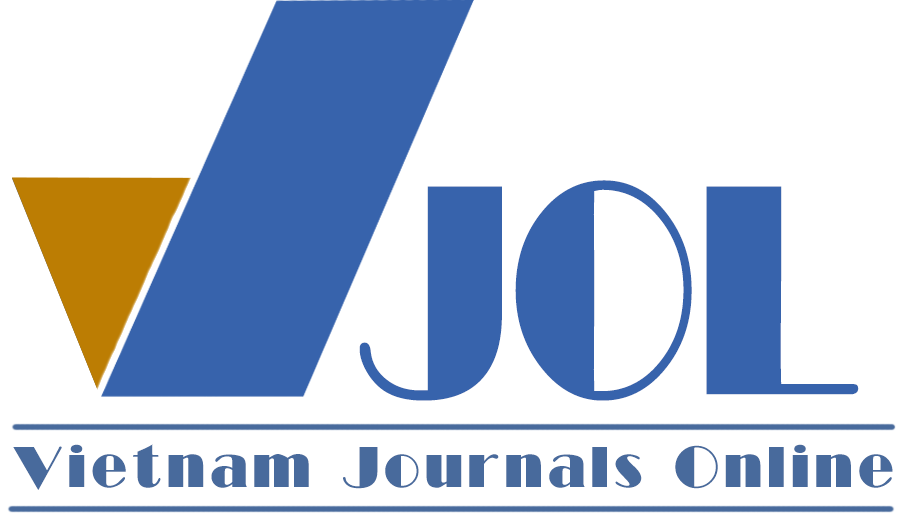CURRENT SITUATION AND SOLUTIONS FOR ENHANCING HISTORY TEACHERS' COMPETENCE IN ORGANIZING EXPERIENTIAL ACTIVITIES IN HIGH SCHOOLS
DOI:
https://doi.org/10.18173/2354-1075.2025-0032Keywords:
organizational competence, experiential learning activities, History teaching, high schoolAbstract
This study examines the current state of history teachers' competence in organizing experiential learning activities (ELAs) in Vietnamese high schools. It proposes solutions to enhance the effectiveness of ELA implementation in practice. The research is grounded in a competency-based theoretical framework. It employs a mixed-methods approach, collecting data through surveys and interviews with 87 history teachers from several high schools in Northern Vietnam. The findings reveal significant challenges in designing, organizing, and flexibly applying different experiential learning models, as well as conducting competency-based assessments for students. The primary barriers include time constraints, inadequate facilities, and insufficient professional development programs tailored to practical needs. Based on these findings, the study proposes key solutions to enhance teachers' professional capacity, including specialized training programs, resource provision, the establishment of professional learning communities, and the integration of information technology in ELA implementation.
Downloads
References
[1] NH Liên & TB Hằng, (2022). Chương trình môn Lịch sử và một số định hướng dạy học phát triển năng lực tư duy lịch sử cho học sinh. Tạp chí Khoa học Giáo dục Việt Nam, 18(S2), 71-75.
[2] Kolb DA, (1984). Experiential learning: experience as the source of learning and development, Address: Englewood Cliffs, New Jersey; Publisher: Prentice - Hall.
[3] Gibbs G & Coffey M, (2004). The impact of training of University teachers on their teaching skills, their approach to teaching and the approach to learning of their students. Active Learning in Higher Education, 5(1), 87-100.
[4] Stearns, P. N., Seixas, P., & Wineburg, S. (Eds.), (2000). Knowing, teaching, and learning history: National and international perspectives. NYU Press, p.199-222.
[5] TEMME, K, (2012). Teaching experience-improving teacher education with experiential learning. International Journal on New Trends in Education and Their Implications, 3(3), p.60-73.
[6] NT Hằng, (2017). Lí thuyết học tập trải nghiệm-Những vấn đề lí luận cơ bản và định hướng vận dụng vào tổ chức hoạt động trải nghiệm sáng tạo. Tạp chí Khoa học, Trường Đại học Sư phạm Hà Nội, 62, 48-57.
[7] PT Ly, (2015). Sử dụng phương pháp dạy học trải nghiệm trong dạy học Lịch sử ở trường trung học phổ thông, Luận án tiến sĩ, Trường Đại học Sư phạm Hà Nội.
[8] NTP Nga, (2018). Vận dụng dạy học trải nghiệm vào dạy học một số chủ đề Lịch sử lớp 10 (chương trình chuẩn) ở trường trung học phổ thông, Luận văn thạc sĩ, Trường Đại học Sư phạm TP. Hồ Chí Minh.
[9] HT Dung, (2016). Phát triển năng lực tổ chức hoạt động trải nghiệm sáng tạo cho Sinh viên các Trường Sư phạm hiện nay. Tạp chí Khoa học Giáo dục, 133(10), 32-36. [10] Bộ Giáo dục và Đào tạo, (2018). Chương trình giáo dục phổ thông 2018. NXB Giáo dục Việt Nam.
[11] NTT Bình & LT Hiền (2018). Tổ chức hoạt động trải nghiệm trong dạy học Lịch sử ở trường Trung học phổ thông. Tạp chí Giáo dục, 431(1), 34-37.
[12] Nguyễn MĐ & Nguyễn TN, (2017). Xây dựng và tổ chức các hoạt động trải nghiệm trong chương trình giáo dục phổ thông mới. Tạp chí Khoa học Giáo dục Việt Nam, 146(11), 63-67.
[13] Minh ĐTN & Hằng NT, (2018). Học tập trải nghiệm-Lí thuyết và vận dụng vào thiết kế, tổ chức hoạt động trải nghiệm trong môn học ở trường phổ thông. Tạp chí Giáo dục, 433(1), 36-40.







